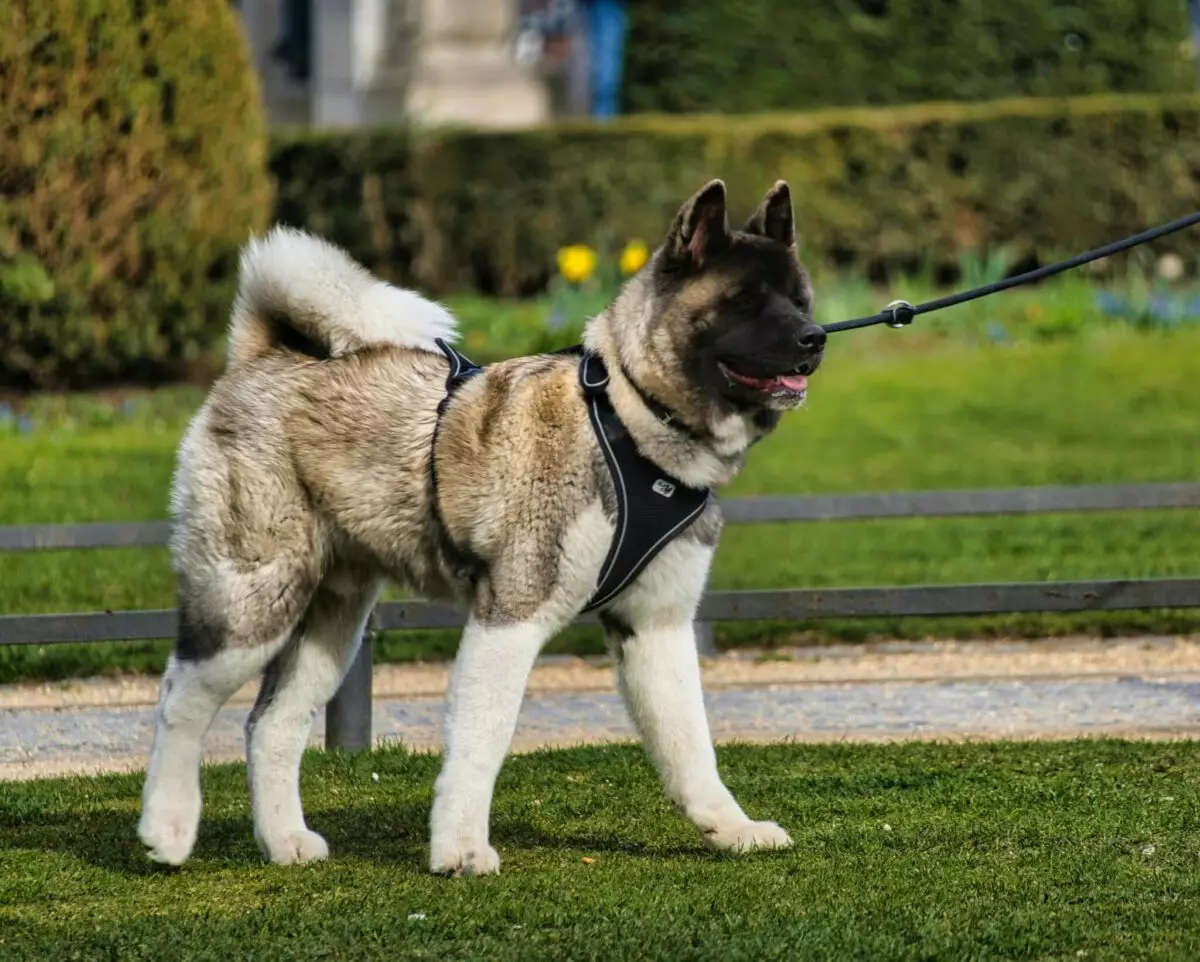Understanding the emotional landscape of our dogs is vital for fostering a healthy and loving relationship. Just like humans, dogs experience a range of emotions, expressed vividly through their body language and behavior. By being attuned to the signs of happiness in dogs, we can ensure their emotional well-being and strengthen the bond we share. A happy dog is not just a source of joy but also an indication of a nurturing relationship that prioritizes their needs.
A dog’s body language is often the most telling sign of their emotional state. When a dog is content, its posture is relaxed, and the muscles appear loose, allowing for a natural and comfortable stance. Key indicators of this comfort include a wagging tail positioned in a neutral stance, relaxed ears, and a soft, gentle facial expression. Signs of discomfort, such as a stiff posture or tucked tail, should not be overlooked, as they indicate stress or anxiety. A dog stretching out on the floor or rolling over for a belly rub often signifies trust and joy, revealing their emotional safety in their environment.
The iconic wagging tail serves as a universal sign of canine happiness; however, the context is crucial. The speed and position of the wag can give insights into the dog’s mood. For example, a rapid tail wag at a higher position typically signifies excitement or joy, while a slower, lower wag reflects a sense of calm contentment. Observing these nuances provides valuable insights into your dog’s emotional state, allowing you to respond appropriately to their needs. Dogs communicating happiness through tail movement are generally engaging and willing to explore connections with their human companions.
Play is a significant indicator of happiness in dogs, representing their emotional wellness and energy levels. Engaging in games such as fetch or tug-of-war brings out their playfulness, characterized by exaggerated movements and lively barks. One of the most notable behaviors associated with playfulness is the “play bow,” where a dog lowers its front end with their hindquarters elevated, signaling a willingness to interact and have fun. This playful energy not only enhances their mood but also strengthens the social bonds shared with humans and other dogs.
A healthy appetite often correlates with a happy dog. Owners should be vigilant in observing their dog’s eating habits. A dog that eagerly devours their meals and shows enthusiasm during feeding times signifies contentment. Conversely, a sudden shift towards disinterest in food may indicate emotional distress or health concerns, necessitating immediate attention. Regularly monitoring your dog’s eating behavior allows for early identification of potential problems and helps maintain their overall happiness.
Sleep is crucial for a dog’s well-being. A happy dog typically exhibits a consistent sleep pattern, waking up refreshed and full of energy. Dogs that sleep in relaxed positions—like curled up or stretched out—indicate comfort and security in their surroundings. Furthermore, if a dog experiences restless sleep patterns marked by frequent waking or signs of anxiety, this may highlight underlying issues. Ensuring your dog has a cozy sleep environment can significantly impact their emotional health and overall happiness.
A dog’s face can convey a wealth of information about their emotional state. Bright and alert eyes, along with relaxed facial muscles, indicate a dog that is feeling secure and happy. On the contrary, squinting or tight facial muscles may highlight discomfort or stress. Additionally, a relaxed open mouth often presents a dog’s willingness to engage and their comfort in their environment. Observing these subtle cues can enhance caretakers’ understanding of their dog’s emotions and foster a more enriching companionship.
Physical closeness is a powerful testament to a dog’s happiness. A happy dog seeks comfort through physical contact, whether through leaning against their owner, cuddling, or nudging for attention. Such behaviors reflect trust and a deep affection towards their human companions. Changes in physical interaction patterns, such as a dog withdrawing or becoming distant, request scrutiny, possibly signaling emotional distress.
The excitement displayed by a dog upon their human’s return home is an unmistakable sign of happiness. Their joyful barks, wagging tails, and enthusiastic greetings reflect their deep connection. These moments underscore the bond that exists between dog and owner, affirming the dog’s sense of security and affection.
A happy dog exhibits curiosity and a desire to explore their environment. Whether sniffing around the yard or enthusiastically engaging with new toys, a dog’s inquisitiveness indicates they are mentally stimulated and happy. When dogs approach new experiences without fear, it reflects their positive emotional state, highlighting a healthy level of engagement with the world around them.
Lastly, a happy dog enjoys socializing with both humans and other animals. Positive interactions, such as playful exchanges at the park or friendly behaviors with household pets, indicate a well-adjusted and emotionally secure dog. Conversely, signs of avoidance or aggression may suggest underlying stress or anxiety. Fostering healthy social interactions can play a critical role in enhancing a dog’s emotional well-being.
Recognizing the signs of a happy dog is fundamental in ensuring their emotional and physical health. By paying attention to body language, vocalizations, and social behaviors, owners can better understand their pets’ needs and enhance their quality of life. A happy dog is a reflection of the love and care they receive, and nurturing this bond contributes to their long-term happiness. Through understanding and proactive efforts, we can ensure our furry companions remain joyful and fulfilled.

